The British motor industry has been doing fantastic things with plastic for around seven decades. Naming Britain’s first fibreglass car isn’t easy; a piece in Autosport (1953) credits the Buckley MkX, which featured a plastic body built by Galt-Glass, while The Autocar points to the RGS Atalanta (pictured below) displayed at the 1953 Plastics Exhibition at Olympia.
The history of fibreglass cars goes back even further. In his excellent book Excess All Areas: British Kit Cars of the 1970s, Richard Heseltine charts the use of fibreglass in the United States, kickstarted in 1936 by the Owens-Illinois glass company and its pioneering use of continuous fibres of glass, using the trade name ‘Fiberglas’.
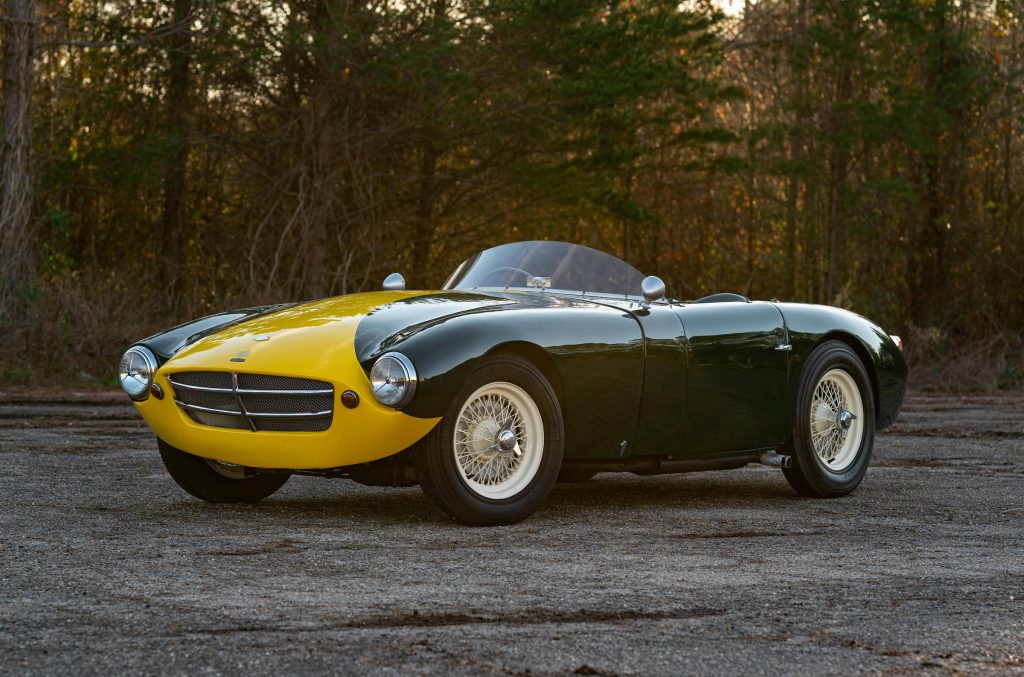
Five years later, Henry Ford unveiled the ‘Soybean Car’, which utilised 14 plastic panels attached to a steel tubular frame. According to The Henry Ford Museum of American Innovation, the ingredients included soybeans, wheat, hemp, flax and ramie; a vegan-friendly Ford before vegan-friendly cars were a thing.
Today, the use of fibreglass is synonymous with the British specialist and sports car industries, but as our list of some notable plastic cars reveals, it’s a truly global affair.
1953 Chevrolet Corvette
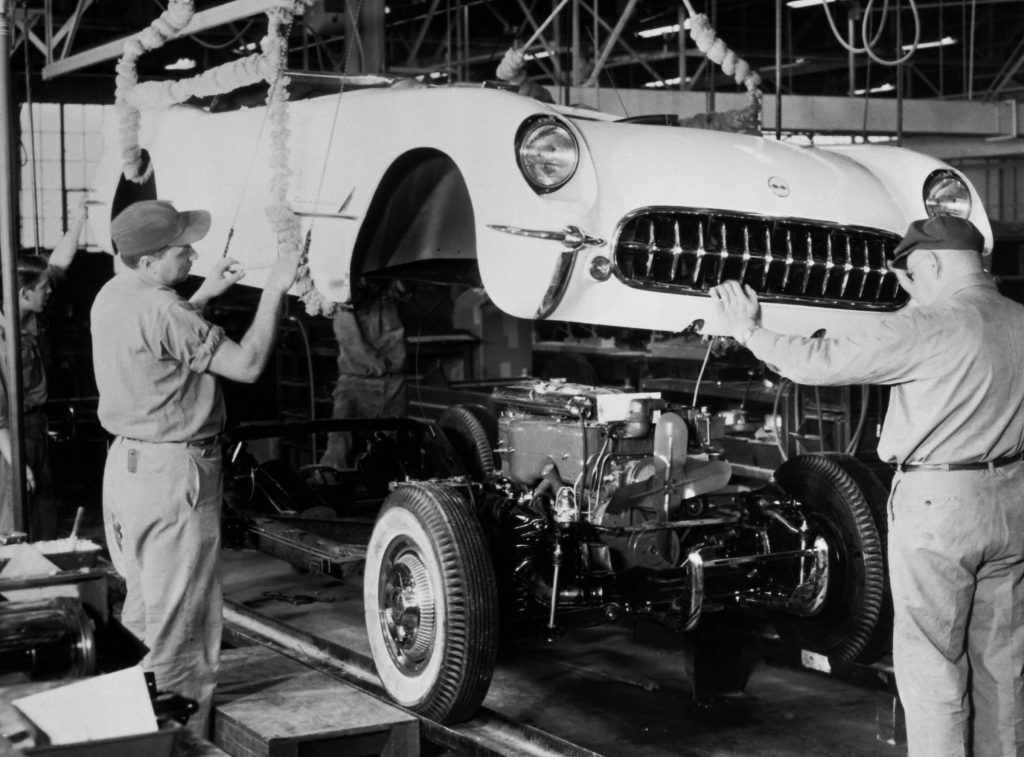
The American Bill Tritt had been building fibreglass boats for two years when he was approached by friend Major Ken Brooks. Tritt was tasked with creating a European-style roadster based on the chassis of an old Willys Jeep, which Brooks’ wife refused to travel in. The result was the Brooks Boxer, which became the Glasspar G2, a car credited as being the world’s first fibreglass sports car.
Tritt went on to design and build fibreglass cars for a range of companies, but his role in the creation of the Chevrolet Corvette is often overlooked. The G2 was presented to Harley Earl, General Motors’ vice-president in charge of styling. For Earl, it was a source of inspiration; the use of ‘Glass-Fiber-Reinforced Plastic’ (GRP) would save money on tooling while underlining the Corvette’s position as ‘the American sports car of the future’.
GM’s promotional material extolled the virtues of the Corvette’s ‘two-passenger, open-cockpit body of glass-fiber reinforced plastic; light, strong, durable, rustproof, quiet and easy to repair’. For New Yorkers at the 1953 Motorama, this was truly a case of plastic looking fantastic. And so began seventy years of series production of fibreglass cars.
1954 Jensen 541
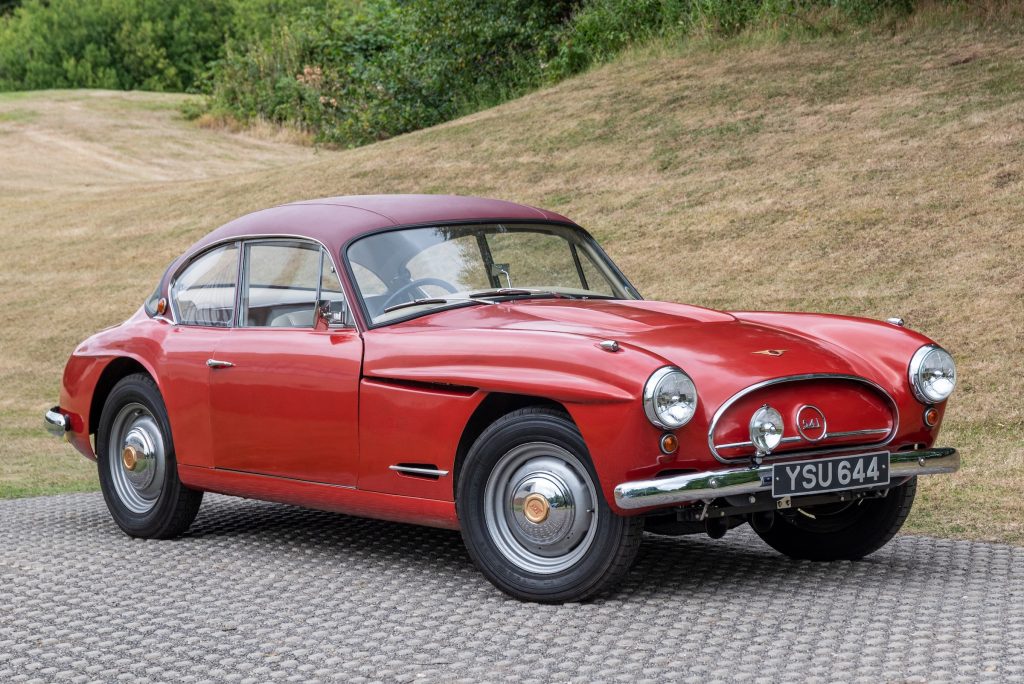
On the other side of the Atlantic, Jensen was readying the world’s first four-seater car – not to mention Europe’s first series production performance car – with a fibreglass body. The combination of a 4.0-litre straight six and lightweight, aerodynamic body made it one of Britain’s fastest cars of the 1950s.
Jensen remained faithful to fibreglass construction with the 541R (pictured), 541S and C-V8, before the arrival of the Interceptor in 1966 saw a return to a steel body shell.
1957 Lotus Elite Type 14
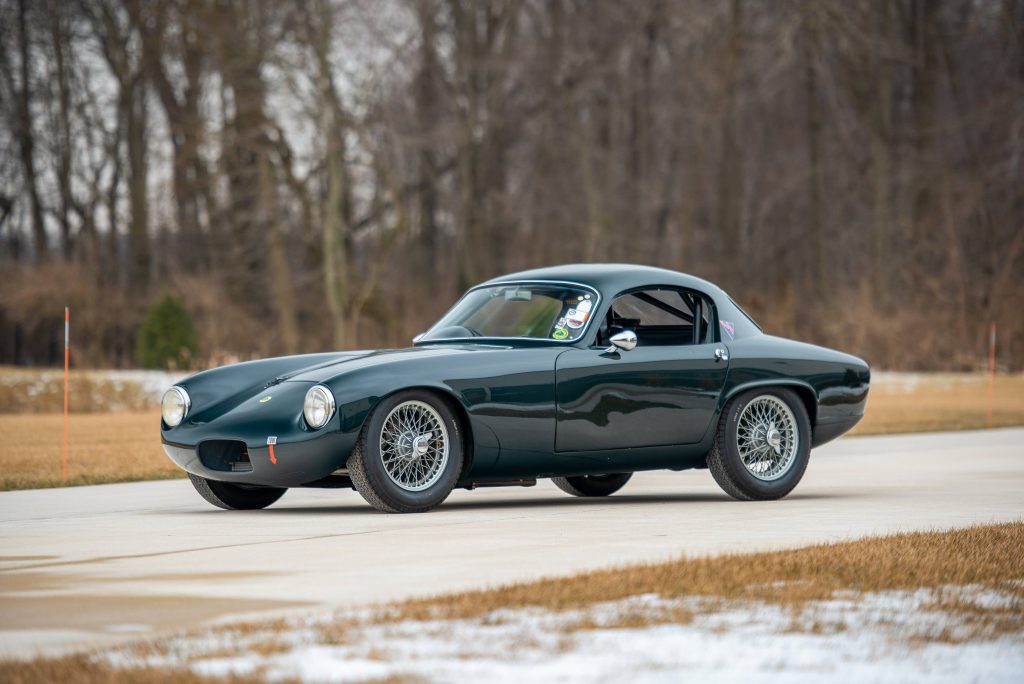
The Lotus Elite was one of the most revolutionary and significant cars of the 1950s. Unlike the Corvette, which utilised a separate chassis with GRP panels, the Elite featured a monocoque built entirely using fibreglass. This was the first time fibreglass had been used for the entire load-bearing structure of the car. The result was a car that weighed about the same as a bag of sugar, with a drag coefficient of just 0.29 – in 1957!
The first 250 bodies were built by Maximar Mouldings of West Sussex, before quality issues saw the work being handed to the Bristol Aeroplane Plastics Limited. In an advert, Bristol called it ‘the most advanced car body ever built’. The copywriter probably had a point.
1958 TVR Grantura
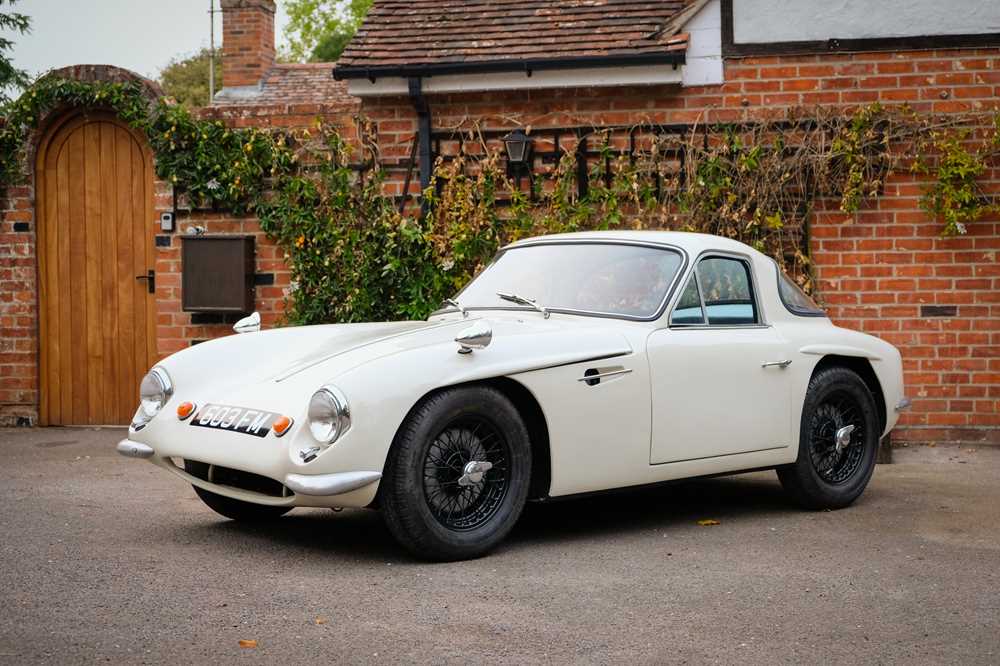
A list of fibreglass cars wouldn’t be complete without a TVR, so it makes sense to feature the first production car. The Grantura of 1958 featured a fibreglass body moulded to TVR’s own tubular steel chassis, with the trailing arms and torsion bars from a Volkswagen Beetle.
Other components shipped in included the windscreen from a Ford Consul and the drum brakes from an Austin-Healey 100, along with a choice of engines sourced from Coventry Climax, Ford and BMC.
1959 Daimler SP250
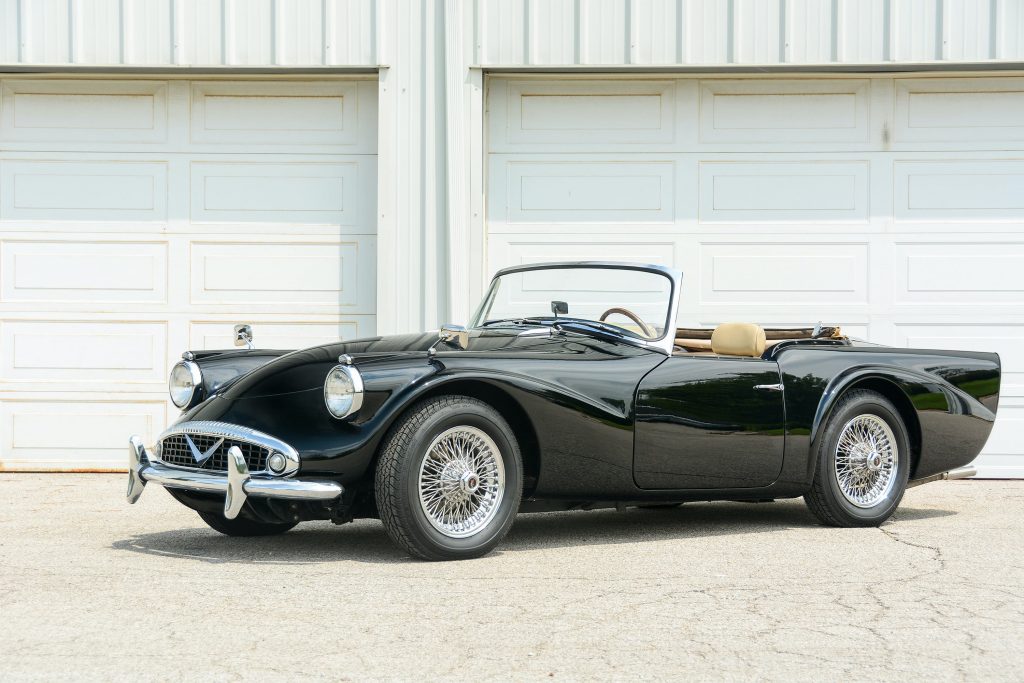
In some ways, the Daimler SP250 was the British Corvette. Launched as the Dart at the 1959 New York motor show, Daimler was forced to change the name to SP250 following a trademark complaint from Dodge.
Slow sales meant that the V8-engined SP250 was the last hurrah for Daimler; the company was bought by Jaguar in 1960, before the axe fell on the sports car in 1964.
1970 Bond Bug
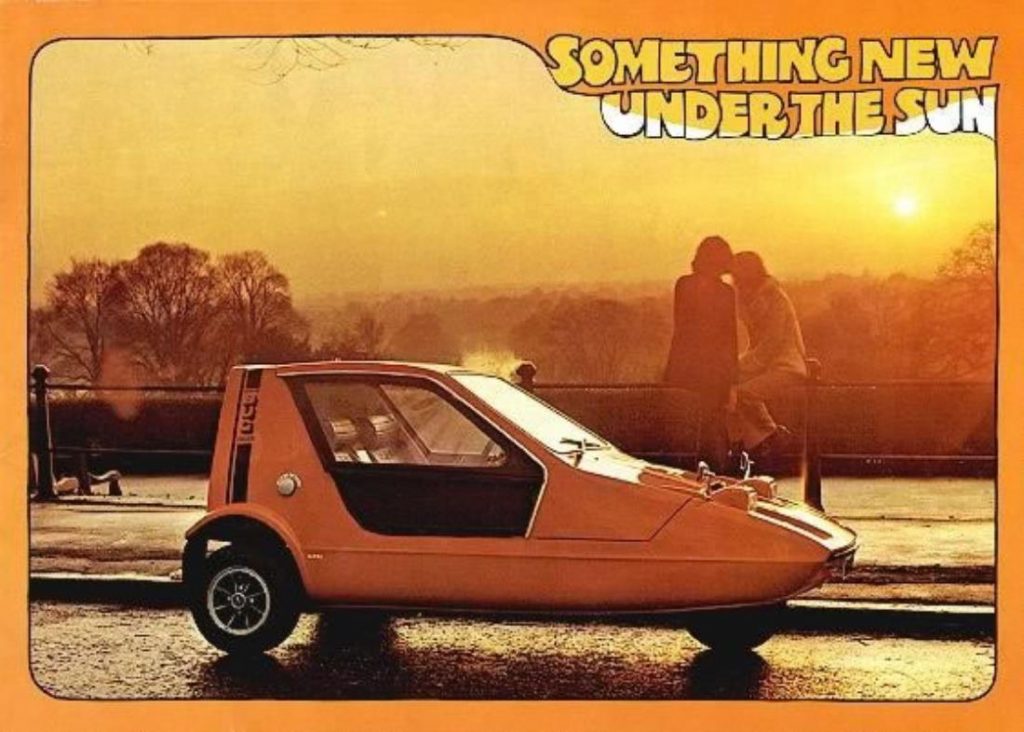
In an interview published in Classic.Retro.Modern. magazine, design genius Tom Karen named the Bond Bug and Marble Run as the two products he is most proud of. With its orange paintwork, wedge shape and black decals, the Bug is one of the most 1970s cars of the 1970s. In other news: it’s too long since we played Marble Run.
The brochure delivered a gloriously informal assessment of the benefits of a fibreglass body: ‘Rap the side of the Bug with your knuckle. There is no hollow, tinny sound; it gives a deep, solid thunk-thunk-thunk. The body of the Bug is made not of metal but of tough, reinforced glass fibre. There is a big advantage to you; because glass fibre cannot rust.’ Makes you thunk, doesn’t it?
1975 Ferrari 308 GTB
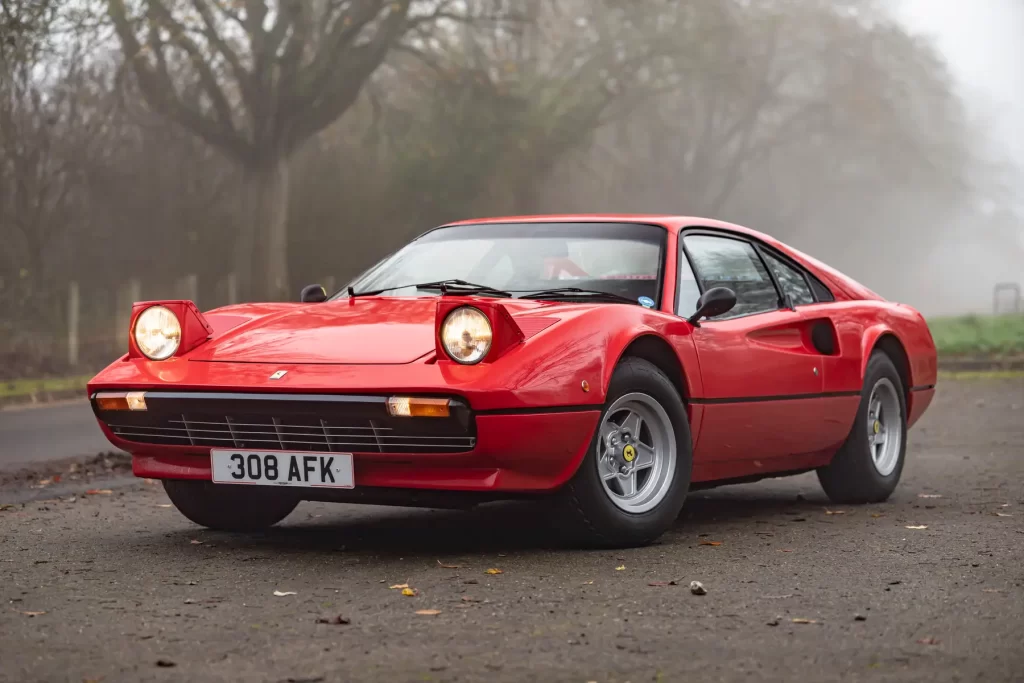
Many car names sound better in Italian: Quattroporte (four doors), Topolino (little mouse), Scuderia (stable) and Testarossa (redhead), to name just a few. So, it’s no surprise that the Ferrari 308 GTB ‘Vetroresina’ sounds more exotic than the 308 GTB ‘Fibreglass’.
This was the first production Ferrari to feature a fibreglass body, but why the shift from steel? Probably because Ferrari needed to fast-track the development of a new car in response to the slow-selling 308 GT4. The subject of weight also played a part, while some historians speculate that Ferrari used fibreglass in case the car didn’t sell.
By late 1976, just a year after the 308 GTB made its debut at the Paris motor show, cars were arriving in the US with steel bodies, although fibreglass cars remained on sale in Europe until the middle of 1977. Various reasons have been tabled for the switch from plastic to steel, including difficulty in finding specialists to repair accident damage, construction that was more labour-intensive than envisioned, and even the fact that fibreglass was never anything other than a temporary measure.
1977 Matra Rancho
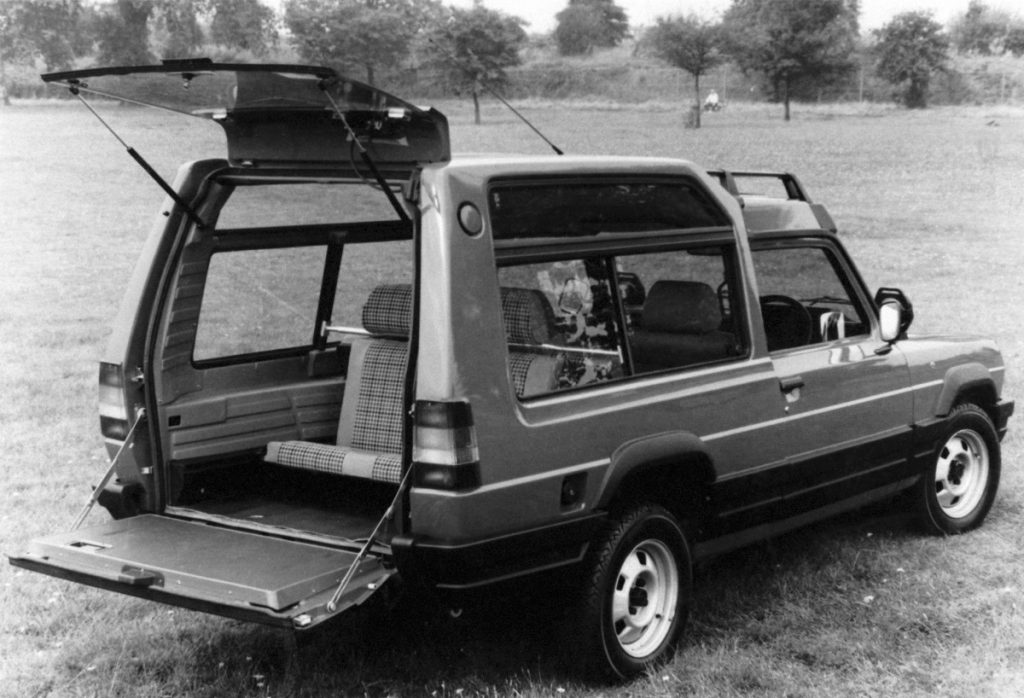
Forget all the nonsense about the Nissan Qashqai being the first crossover, because it wasn’t. Plenty of other manufacturers had previously attempted to blaze the trail, most notably the Matra Rancho of 1977.
Built to satisfy the needs of would-be Range Rover owners who wanted to talk the talk, but didn’t necessarily need to walk the walk, it pioneered the concept of a rough and ready SUV without the ability to venture further off-road than a dropped kerb on the Kings Road.
The fibreglass rear section was mounted on a steel frame, the rusting of which saw off far too many examples of the radical oddball. Matra stayed true to fibreglass construction with the development of the Renault Espace.
The others
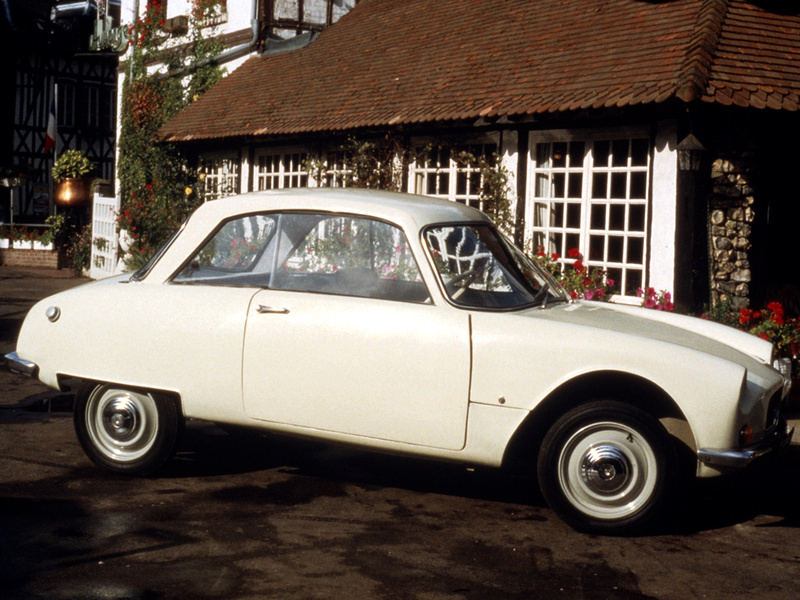
There are countless other fibreglass cars we could have included. The Lancia Stratos, Citroën Bijou, Gilbern Invader, AC 3000ME, Clan Crusader, Vauxhall VX220 and Reliant Scimitar, to name just a few.
A separate list could feature more plastic creations from TVR and Lotus, not to mention the myriad kit cars produced during the boom in self-build vehicles. But before we further extol the virtues of the body material, read how difficult it can be to properly restore a fibreglass body.
Read more
This vinyl-bodied Velorex keeps things simple
There’s no such thing as fast fibre when painting a fibreglass car
How covering my Lotus in the heat and rain ruined its paint










A shame that whilst lotus was mentioned, colin chapman wasnt and then jem Marsh and Frank Costin with a myriad of fibreglass cars from 1959 onwards. these gentleman appeared in my mind to be the masters of showing how versatile a material fibreglass could be and also enabling small low production runs of some very exquisite and fast cars. which dont really appear to have lost either their looks or supercar and individual style status many years after conception.
That’s not a Ferrari Vetroresina 308 GTB in your pic. It’s a 1984 (steel) QV GTS. A tad lazy by your researcher, no?
Good spot. Now updated.
Concur completely with Mike Wilkes, one could list a myriad of small companies that produced Fibreglass “specials” but one in particular built Type Approved cars is Ginetta. All be it Race cars are still in business today.
How can you not include the Gordon Keeble? Beautiful car.
Another story for another time, for sure, James.
You forget the French Alpine as the 106, 108, 110, 310 etc. Especially the Alpine 110 was a famous car, winner of the Monte Carlo rally nand more. Also the 310 was French rally champion.
What about the Reliant Scimitar range and the vastly improved Middlebridge Scimitar version? They still look good today.
The early Renault Espaces made by Matra should be included as they were at the forefront of the people carrier revolution. I recall the fibre glass bodied Espaces continued production till about 1990 after which Renault built the subsequent series with steel panels.
I had a series 2 and 3 the latter being a 3 litre V6. That was a bit of a “wolf in sheep’s clothing” quite capable of taking on the GTI s of the day.
You missed out the Gilbert range of fibre glass cars made from the 1960’s in Wales as both a fully built car or as a build it yourself Kit – great car in its time !!
An ex-Motor Show, so largely works-built, Marcos Mantula still evokes largely happy memories of my first open air motoring 30 years on. A beautiful car when seen from above, less so at ground level perhaps, but never less than striking. Though not entirely waterproof, even with the hood up…
Disappointed that the Reliant SE4 Scimitar Coupe’ never had a mention. Some car with its triple SU straight six Ford set. Never mind all those GTE’s
Plus Reliant became the best fibreglass body builders in Uk. The made the RS 200 for Ford special products.
The Meyers Manx dune buggy I know that it’s technically a kit car but if Steve Mc Queen chose to drive one in the Thomas Crown Affair it has to be considered plastic fantastic .
Absolutely, John.
https://www.hagerty.co.uk/articles/lifes-a-beach-the-new-generation-taking-on-bruce-meyers-dune-buggy/
*Gilbern. A Gilbert would be a suitable stablemate for the Nissan Cedric though.
Frank Costin pioneered a building material that never caught on, plywood and wood. He proved that with the first Marcos Gt. a.k.a. Xylon.
The Lotus elite is the most elegant sports car, ever.
After several years as a penniless apprentice on motorcycles my first ‘near car’ was a Berkeley trike with crazed bodywork & a gutless Excelsior two stroke engine. But what fun we had! Parking was a hoot, stick the front end into the smallest space, hook fingers under the back end & easily lift the car into the space. Brilliant! Biggest laugh was on honeymoon following a coach down a steep hill in Devon. As we started to climb the next hill the bus driver looked in his mirror, obviously mistook us for an ‘E type & waved us past. We were struggling to keep up & see him for tears of laughter! Roness
No Peerless GT? The sports car for the family man with de Dion rear suspension . Pioneering stuff in 1958.
Very interesting I did not know there is so many cool.
In the introduction it should be Buckler MkX not Buckley MkX. Shame I can’t include a photo of it.
I have been running my replica 1965 Chaparral 2a with a full fibreglass monocoque in UK hillclimbs since 2010. With a 5.4 litre Chevy it’s probably the largest capacity engined gf chassis outside of the USA. Your company insures it along with my plywood/glassfibre composite Marcoses.